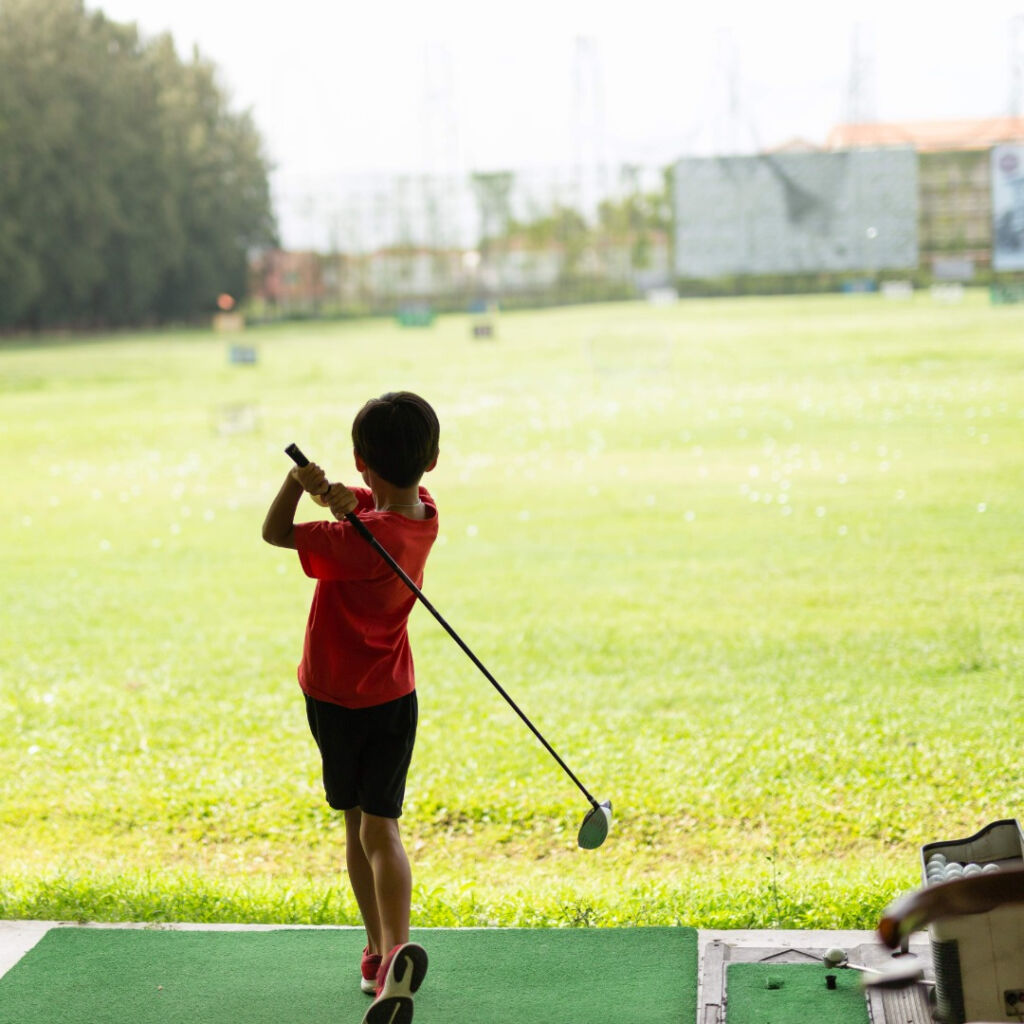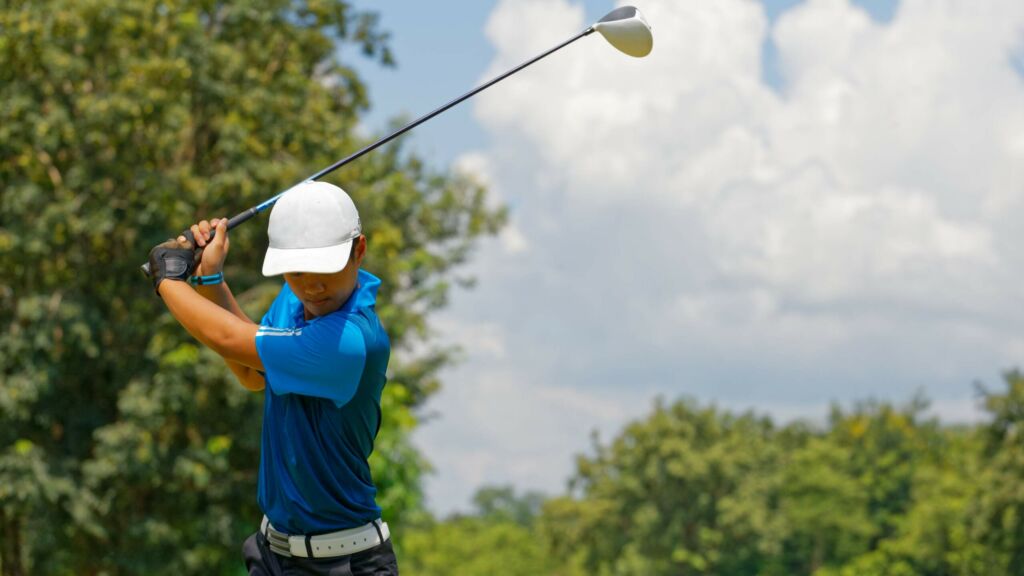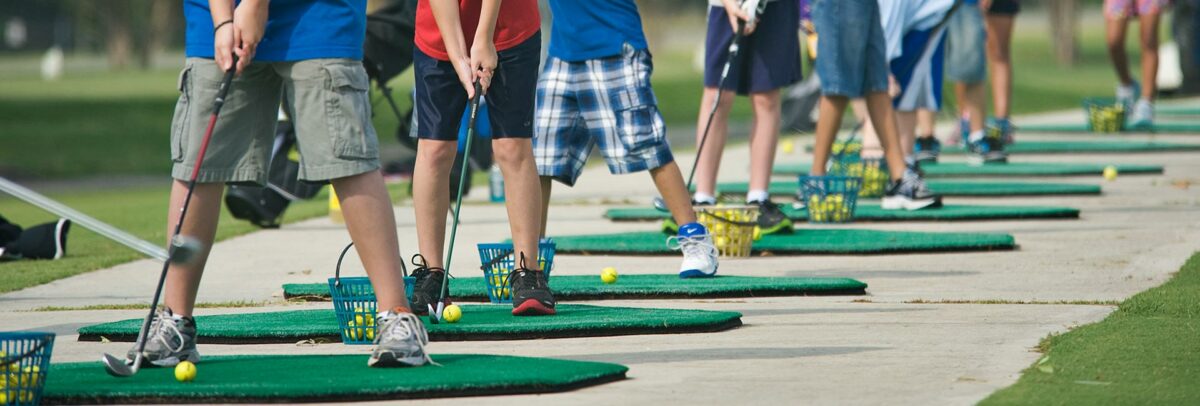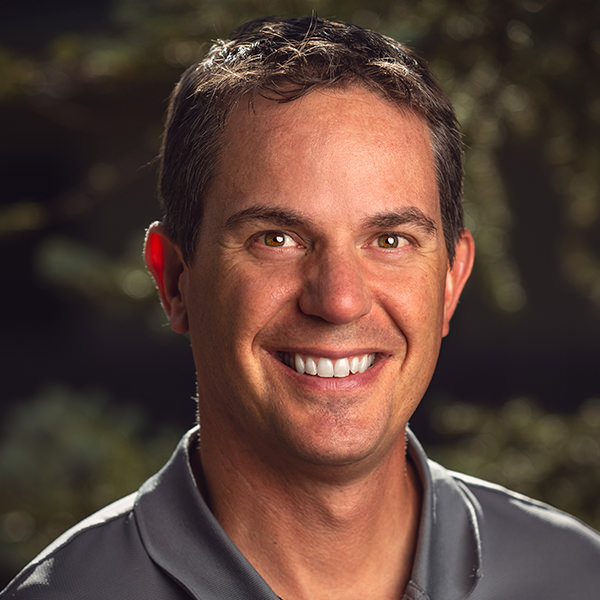Golf has been growing in popularity over the past three years primarily pushed by COVID and the opportunity for individuals and groups to get outside, breath fresh air and be able to enjoy each other’s company while moving with anticipation of experiencing that well-struck shot. Popularity amongst junior players is no exception and according to the National Golf Foundation participation by kids has increased almost 25 percent over the past three years alone to more than 3 million in the U.S.
There has been a major push by certain groups within the golf industry to make golf more fun and “athletic” to meet the demands of parents who fear that their kids are experiencing decreasing physical fitness and increasing dependence on screen time. Fitness and medical professionals recognize the repetitive asymmetrical nature of golf and see bringing age- and developmentally-appropriate movement and exercise into the sport as a way to avoid overuse injuries and to engage youth in what has traditionally been seen as a slow-moving and boring activity. Lastly, within our uber-competitive youth and adult sports many are looking for ways to get a step ahead of the competition – to hit the ball farther and to score lower. Certainly, in collegiate and professional golf, year-round fitness plans have been formulated for players to maximize their physical capabilities and we are seeing more and more golfers who look like and are serious athletes.
Sometimes when parents think their kid is the next Tiger Woods, they push for extensive coaching, drive them hard to practice as often as possible and to participate in as many competitive tournaments as the calendar and weather allow.
False thinking that success is only achievable with early specialization has led to an increase in the chance of kids becoming injured and in the creation of worse overall athletes. Unfortunately, this is creating a situation that makes kids less likely to continue participating in sports throughout their adolescence and as adults, and it is building a false barrier to participation for other kids who might otherwise succeed if it were a more open and less specialized sports system.

The Titleist Performance Institute (TPI) is a leader in developing curriculum for golf, medical and fitness professionals that is focused on developing the athlete first and the golfer second. Kids that develop their “physical literacy” by playing multiple sports throughout childhood and specializing in golf later have a lesser risk of developing mental, physical and emotional burnout from golf. Burnout is real in all youth sports. The average kid is quitting youth sports after less than three years- at age 11, according to TPI. Making sports too serious when athletes are too young not only discourages participation, but it also can decrease success.
Solid examples of current PGA/LIV golfers who were multi-sport athletes as youngsters abound. Jordan Speith played quarterback on his football team, point guard on his basketball team and was a pitcher in baseball while growing up. He didn’t specialize in golf until he was 15. Brooks Koepka was a multi-sport athlete excelling in rotational sports including hockey and baseball and didn’t even take up golf until he was 11-12 years old after an injury from a serious car accident required that he take a year off of contact sports. Looking at the two most successful golfers from golf-crazed South Korea K.J. Choi and Y.E. Yang you will find that both didn’t start playing golf until they were 16 and 19 respectively as K.J. was a competitive power lifter and Y.E. was a body builder as early teens. Consider what happens when kids play multiple sports….they can develop full-body skills like balance, quickness, agility and core strength. Cross-training skills can adapt from one sport to another.

TPI suggest delaying golf specialization for as long as possible. They believe the early teenage years is when parents should encourage their kids to specialize in golf and to play as many sports as possible before that “decision” time. They also encourage parents to seek out other parents, TPI Professionals, trainers and coaches who share the multi-sport perspective and can work together to create an athlete-first mindset when developing a plan.
Golf is a sport that can be played and enjoyed throughout the lifespan. Let’s not ruin our kids’ life-long love of the game by pushing them to be single-minded in their early golf pursuits. Let’s push them to be better athletes and to use the movement skills they learn from playing other sports to help them excel in golf as they mature.
We look forward to being a part of your healthcare team.
Whether you are an elite athlete, youth athlete or weekend warrior, physical therapy can help you avoid injury, optimize your performance and recover from injury quickly and safely. We are committed to focusing on the unique needs and goals of the individual and create customized care plans designed to keep every athlete active and engaged in the sports they love.


